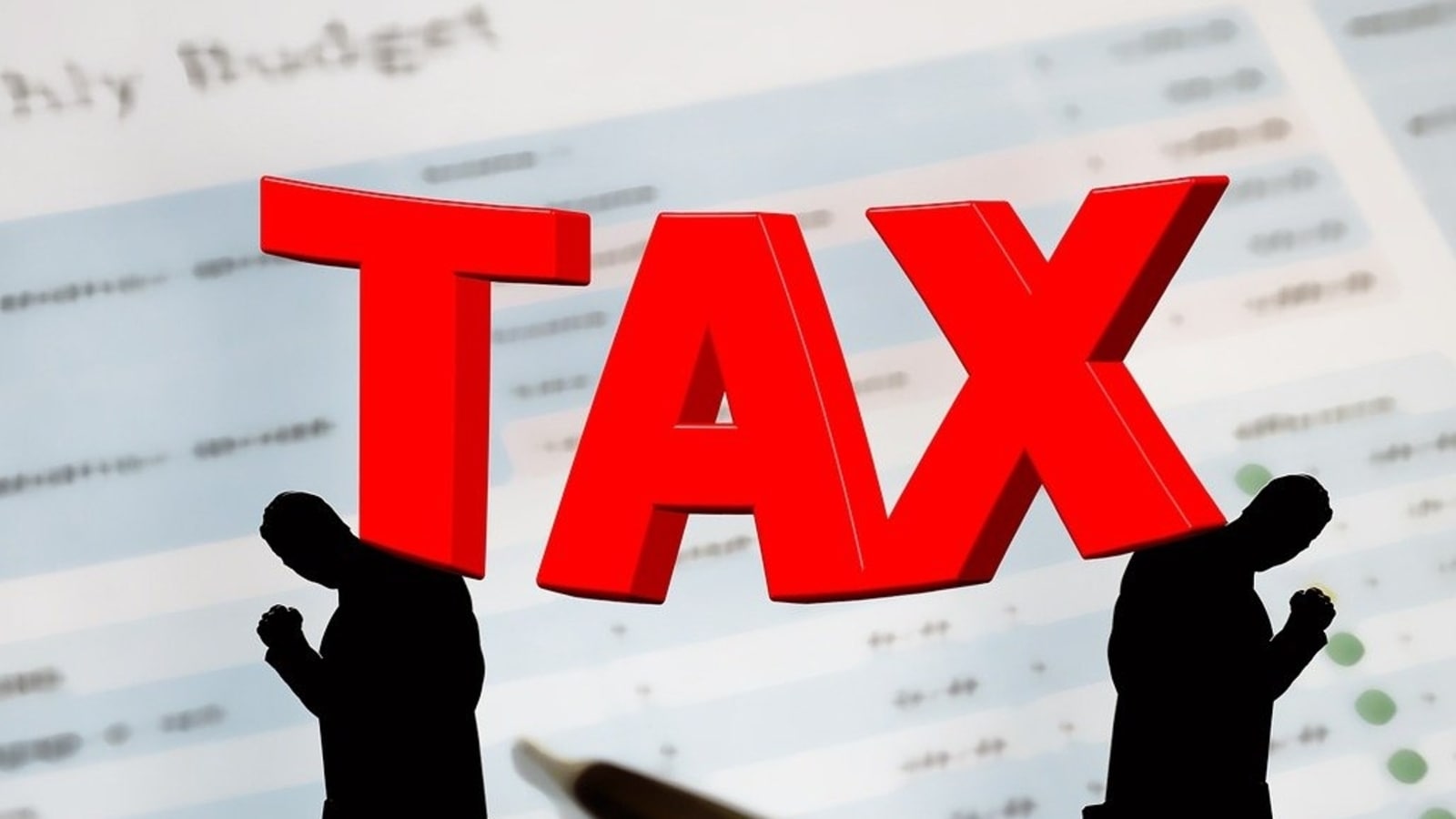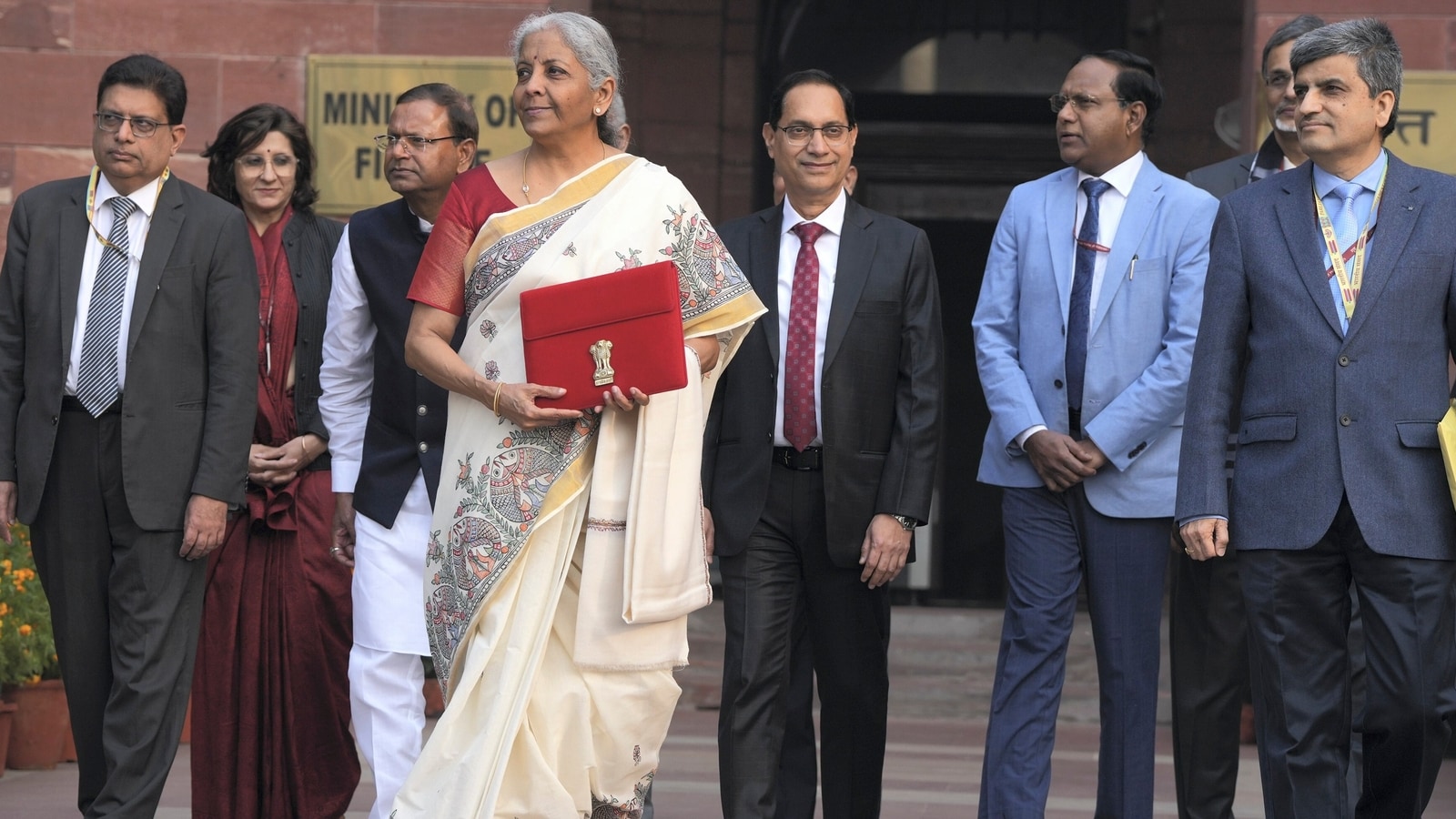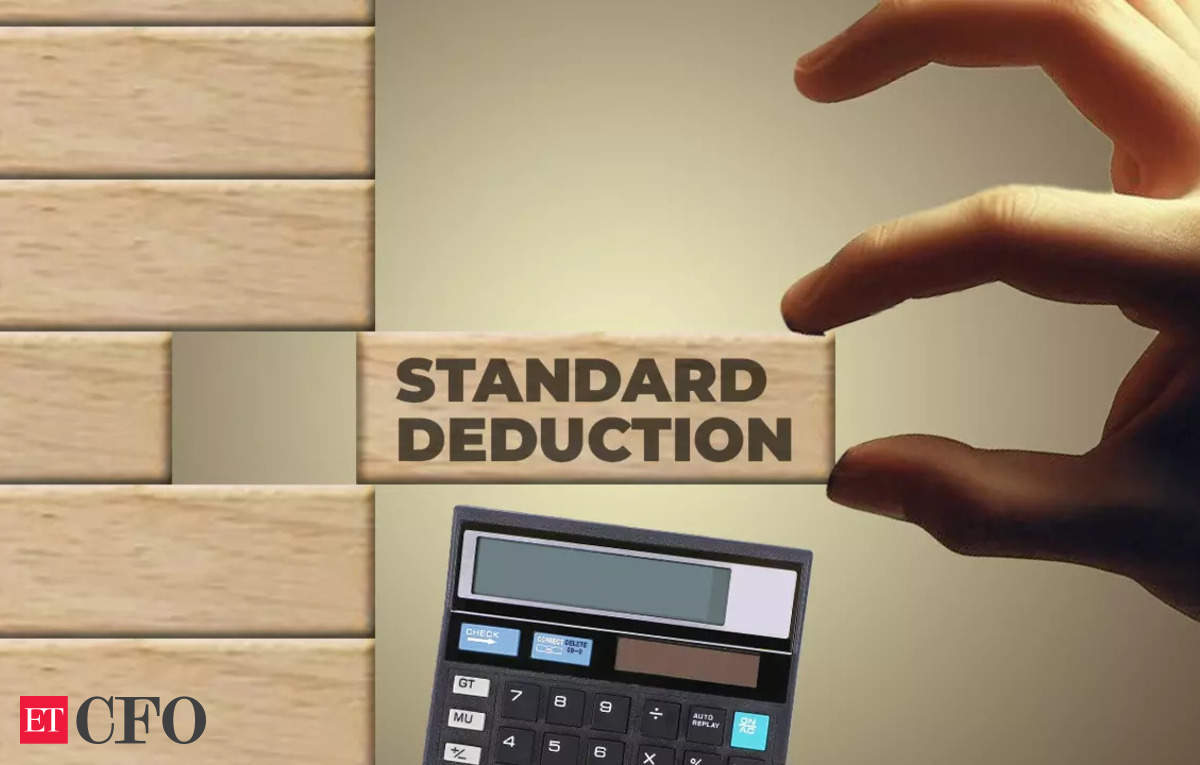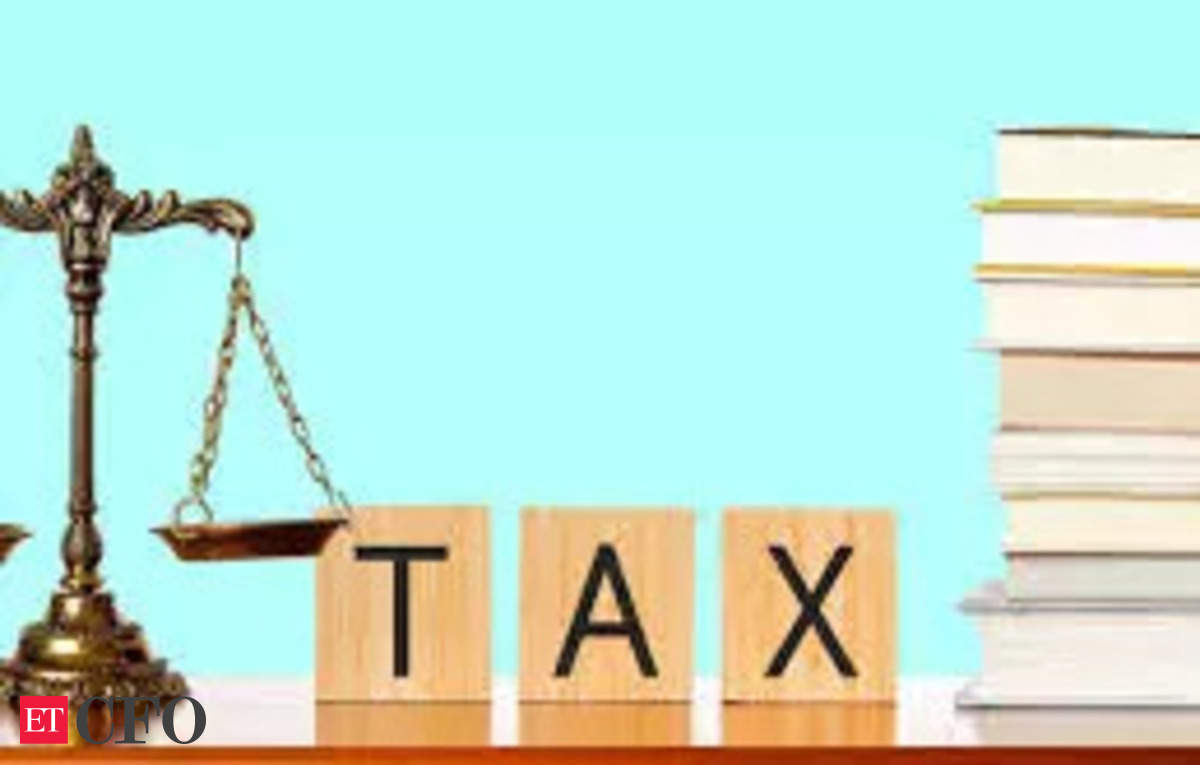When filing their Income Tax Return (ITR), taxpayers have the option to switch between the new and old tax regimes. While salaried taxpayers enjoy greater flexibility, those with business and professional income face more restrictions.
Below is the option to choose Regime in ITR filing under Personal Informations Tab, here by Default New Regime is Selected

To Choose the old Regime you have to select on Yes Tab, in case you are filing ITR 1 or 2 then you can select through this option only but in case you are filing ITR 3 or 4 then it is mandatory to file Form 10IEA

Automatic Selection and Switching Process
During the ITR filing process, the new tax regime is automatically selected. If a taxpayer prefers the old tax regime, they can submit Form 10IE to switch between the two regimes.
Understanding the Two Tax Regimes
The new tax regime, introduced in 2020-21, has become the default. Taxpayers can calculate their income and tax liability under both regimes and choose the one that benefits them the most.
Old Tax Regime: Offers various exemptions and deductions, which can significantly reduce income tax liability.
New Tax Regime: Offers lower tax rates up to a certain income limit but does not provide exemptions and deductions available under the old regime.
Determining the Best Regime
The new tax regime benefits those with incomes up to Rs 7 lakh. Tax experts have calculated breakeven points for different scenarios to help taxpayers decide which regime is more advantageous.
- No Deductions: The new tax regime is more beneficial.
- Only Section 80C Deduction: The new tax regime is still beneficial.
- Deductions under Sections 80C and 80D: The breakeven point is Rs 8,25,000. Opt for the new regime if income exceeds this amount.
- Deductions under Sections 80C, 80D, and Section 24 (interest on housing loans): The old tax regime is more beneficial.
Points to Remember
Individuals, Hindu Undivided Families (HUFs), Associations of Persons (AOPs) excluding cooperative societies, Bodies of Individuals (BOIs), or Artificial Juridical Persons with business or professional income are not granted annual flexibility to switch between the two tax regimes.
Once they opt out of the new tax regime, they are allowed a single opportunity to transition back to the new regime. Upon choosing to return to the new regime, they relinquish the option to revert to the old regime in subsequent periods. In contrast, individuals with non-business income may annually elect between the new and old tax regimes. The choice of the old tax regime must be made before the filing deadline stipulated under Section 139(1) of the Income-Tax (I-T) Act within the same fiscal year.
Form 10-IEA Essentials
- Purpose: Used by taxpayers opting out of the new tax regime.
- Who Must Submit: Taxpayers with business or professional income, including those filing ITR-3, ITR-4, or ITR-5 (excluding cooperative societies).
- Who is Exempt: Taxpayers without business or professional income, including individuals and HUFs filing ITR-1 or ITR-2.
- Direct Opt-Out: Taxpayers without business or professional income can express their preference to opt out of the new regime on their ITR form without filing Form 10-IEA.
You can contact team of Tax Experts to file Your ITR at 9150010300 or visit www.legalsahayak.com
Visit www.cagurujiclasses.com for practical courses












kya ek baar form 10 iea fill karne ke baad hum new tax regime main ja sakte ha.
kya ek baar form 10 iea fill karne ke baad hum new tax regime main ja sakte ha.